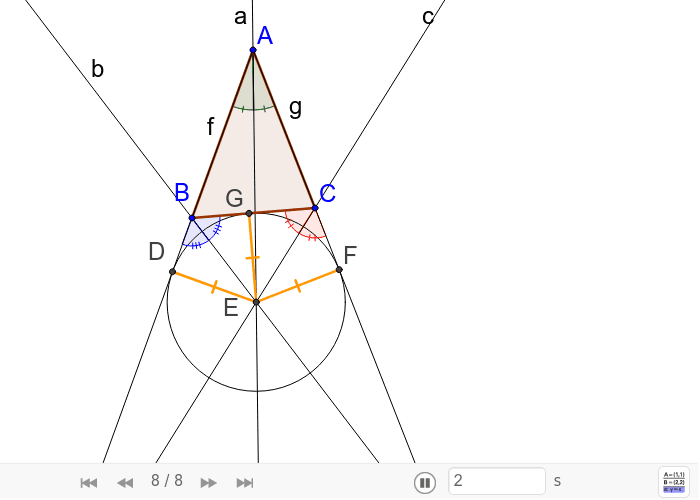

Disabling Panel Self-Refresh (as explained in Intel graphics#Screen flickering) has been reported to work. There are reports of stuttering, flickering and periodic freezes on the laptop. Troubleshooting Stuttering, flickering and periodic freeze Then run monitor-sensor to check if it is working.

Excentro distro 777 install#
On GNOME it is enough to install the package and restart the session (or reboot, just in case). Should work out of the box with iio-sensor-proxy.
Excentro distro 777 Bluetooth#
XF86RFKill, soft blocks wlan and bluetooth Disabling PS/2 mouse emulation under Advanced in the BIOS seems to resolve the issues. pointer does not move, two-finger scroll does not work, etc.) after waking from sleep. There are reports of the touchpad exhibiting issues (e.g. This disables acpi workarounds for SSDs, and just always tells the SSD to sleep the normal way instead. There is also one optional workaround needed to get the best suspend battery life, which is setting nvme.noacpi=1 in your kernel parameters. See Power management/Suspend and hibernate#Changing suspend method. Before enabling this sleep state in a production installation, you may wish to test the suspend functionality of your NVMe drive from the Arch installer environment so as not to cause corruption. One example is the Sabrent Rocket NVMe 4.0. Warning: Some NVMe drives do not successfully wake from the deep sleep state described below, disconnecting from the laptop and becoming inaccessible until a reboot, which typically causes the laptop to lock up. One can enroll custom keys into the Framework Laptop without any Option ROM concerns, or use the SHIM approach. etc/fwupd/uefi_nf DisableCapsuleUpdateOnDisk=true Secure Boot
Excentro distro 777 update#
Support for fwupd is in testing, and can be enabled by running:īIOS versions previous to 3.17 do not have capsule update support, so uncomment this line, update to 3.17 or higher, and then comment the line again after the BIOS is updated: If your bootloader installs itself as the EFI fallback at esp/EFI/BOOT/BOOTX64.EFI ( systemd-boot will by default, GRUB will with GRUB#Default/fallback boot path), no recovery disk is necessary, but your bootloader may need to be reinstalled to restore its NVRAM entry. However, this firmware update method clears EFI bootloaders registered in NVRAM, so having a recovery disk or alternate method of reinstalling your bootloader(s) handy is recommended. The BIOS can be updated by EFI shell script placed on a bootable USB flash drive. As of writing Framework laptops with 12th Gen Intel Mainboards are currently stuck on BIOS version 3.04. The current Framework laptop BIOS version is 3.17 for 11th Gen Intel Mainboards. One way is to install EasyEffects and use one of the presets in this github repo, such as philonmetal.json. If you are using TLP, one way to avoid this is to disable the SOUND_POWER_SAVE_ variables in /etc/tlp.conf.īy default, the speakers do not sound very balanced (due to downward firing speakers), so you may want to use an equalizer to fix this.

When powersave activates and deactivates on the sound card, there is a small noisy popping sound. To allow recognition of a headset (with microphone), use dell-headset-multi as the value for the model=, as explained in Advanced Linux Sound Architecture#Correctly detect microphone plugged in a 4-pin 3.5mm (TRRS) jack. In kernel versions before 5.18.1, devices plugged into the jack will only be recognized as headphones. The Framework laptop includes a 3.5mm combination headphone/headset jack (TRRS). (Discuss in Talk:Framework Laptop 13) CPU ModelĪlder Lake-P Integrated Graphics Controller Reason: Probably needs a better way to distinguish between motherboard revisions and CPU model used. The lists below is not intended to be an exhaustive list of all the hardware sold with the framework, but rather a list of tested modules that are specially made for the Framework laptop. This article covers the installation and configuration of Arch Linux on a Framework Laptop.įor a general overview of laptop-related articles and recommendations, see Laptop.įramework is intended to be a configurable and upgradeable laptop. (Discuss in Talk:Framework Laptop 13) Hardware #Expansion Cards should be left as-is given the fact that more modules can be added over time.


 0 kommentar(er)
0 kommentar(er)
